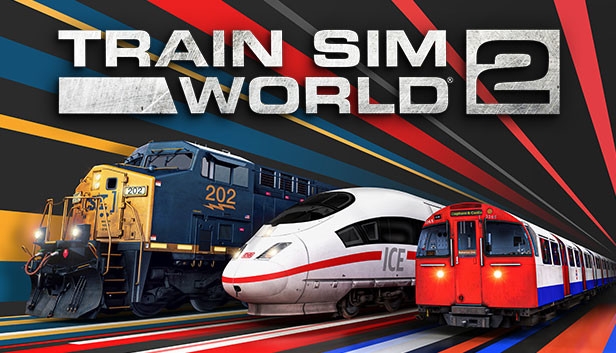


As you’re free to get out of your train and walk around the stations, the first thing you’ll notice is that the platforms are sparsely populated in terms of passengers, although the adverts on the platforms themselves look true to life. Not only are the stations faithfully replicated (regular commuters will recognise the Sherlock Holmes tiles at Baker Street), but even above ground, I was able to recognise familiar buildings like the Royal Mail Depot near Stonebridge Park.Ī few things can break the immersion though, such as the presence of passengers still on your train when you enter sidings after finishing the route, and the overall sounds are lacking, both in terms of volume and accuracy. Each of the routes are highly detailed and, speaking as a Londoner, I can vouch that the Bakerloo Line is impressively accurate in its representation. Sand Patch Grade, which was the first route in TSW, also makes a return with a bit of a sprucing up. You can get an idea what it's all about in this video of the iPad version.The two new routes include Köln–Aachen in Germany (featuring both the high speed ICE 3M and regional Talent 2 train), and the London Underground’s Bakerloo Line. Trainz Simulator for Android is available from the Android Market ( here), priced £3.31 or local currency equivalent. Of course, all versions of the game include features such as the railroad route creation Surveyor tool that enable you to create layouts, drive trains and work out route scheduling.Īnd further encouraging fans to get involved in its cross platform ecosystem, if you buy the PRR T1 - A Fleet of Modernism locomotive for the PC game ( here, AUS$25) before the end of July, you'd be entered into a draw to win a Samsung Galaxy Tab 10.1. Indeed, developer N3V points out that thanks to its work with Nvidia, Tegra 2 devices enable the simulation to include more advanced weather and water effects such as fog, as well as advanced lighting, and higher detailed locomotives. The well known PC brand Trainz Simulator, which came to iPad at the end of December 2010, has now arrived for Android.Īs you'd expect from a high end release, it's aimed at tablets generally requiring Android 2.3 to work, and is particularly optimised for Nvidia Tegra 2 devices.


 0 kommentar(er)
0 kommentar(er)
